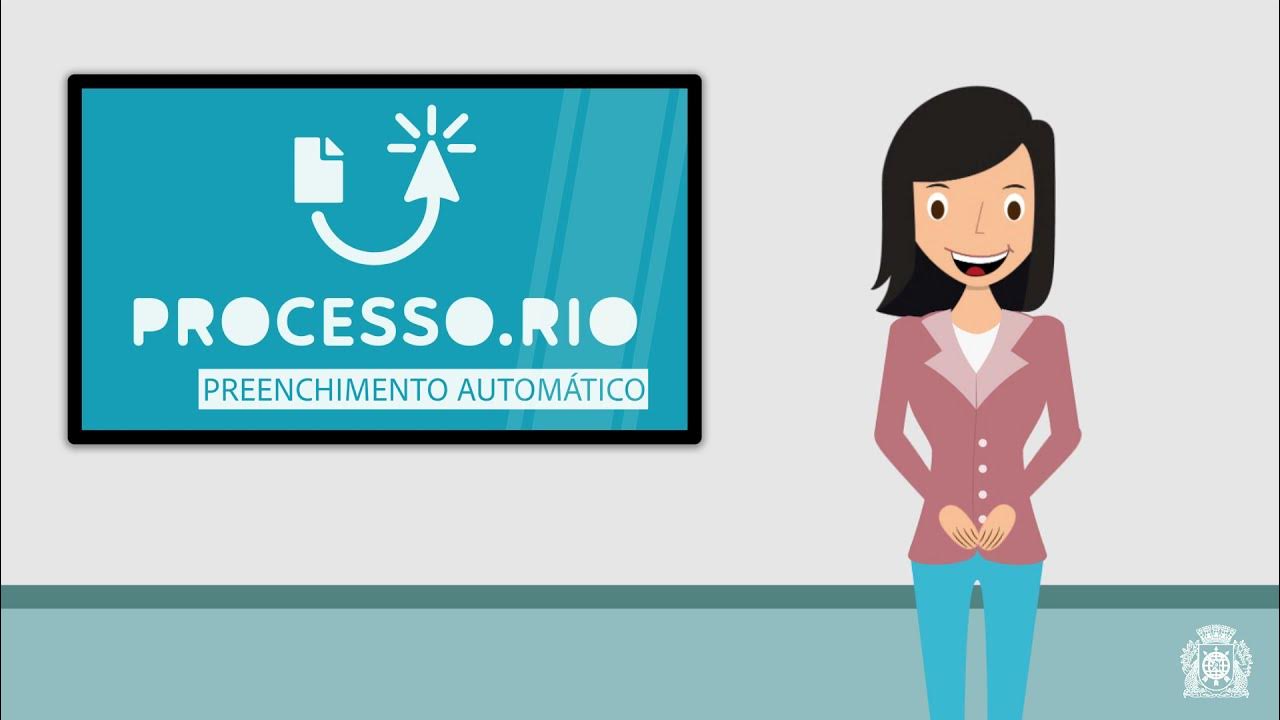Microsoft Azure Document Intelligence Neural vs Template Models
Summary
TLDRIn this video, the presenter compares template-based and neural-based models for custom document extraction using Microsoft Azure's AI Document Intelligence. By running both models on a set of diverse documents, the video showcases how the neural model performs significantly better, accurately extracting relevant fields without introducing errors. The template model, in contrast, often pulls incorrect data, especially when documents vary widely. The presenter emphasizes the importance of choosing neural models for semi-structured or unstructured data and highlights the limitations of template models, particularly when handling handwritten text or diverse formats.
Takeaways
- 😀 The video is a follow-up to a previous post about using Microsoft Azure's AI Document Intelligence for custom extraction models.
- 😀 The speaker demonstrates building two types of extraction models: a template model and a neural model.
- 😀 The template model is faster to build but struggles with accuracy when extracting data from various document types.
- 😀 The neural model takes longer to build but performs much better in extracting relevant data accurately.
- 😀 The speaker emphasizes that the template model often fills fields with erroneous data, such as addresses in the policy number field.
- 😀 The neural model is more effective with unstructured or semi-structured documents and avoids incorrect data extraction.
- 😀 The neural model adapts to various document layouts, making it more suitable for handling diverse formats.
- 😀 The template model works best when documents are similar or follow a set template, but it struggles with inconsistent document types.
- 😀 The neural model is beneficial for documents that include handwritten text or mixed data, where templates can't be as accurate.
- 😀 The video highlights that neural model building is only supported in 10 regions worldwide on Azure, which may limit its accessibility.
- 😀 The speaker concludes by inviting viewers to follow for more updates and future video posts.
Q & A
What is the main objective of the video?
-The video demonstrates the process of building a custom extraction model using AI document intelligence within Microsoft Azure, comparing the performance of template-based models with neural models in extracting fields from various types of documents.
What are the two types of models discussed in the video?
-The two types of models discussed are the template model and the neural model. The template model is faster to build but can pull erroneous data, whereas the neural model takes longer to build but performs better by accurately extracting relevant data from documents.
What was the key difference observed between the template model and the neural model?
-The key difference is that the template model often extracted erroneous data, such as incorrectly filling fields like policy numbers or client names with irrelevant information. In contrast, the neural model successfully avoided these errors and extracted only the relevant information.
How long did it take to build the neural model compared to the template model?
-The neural model took about an hour to build, while the template model only took 5 minutes.
What issues were identified with the template model when running the documents?
-The template model often pulled incorrect values for fields, such as policy numbers being filled with addresses, dates, or amounts. It also inaccurately filled fields that were not present in the documents, such as client IDs and case numbers.
What does the script suggest about the effectiveness of the neural model for handling unstructured or semi-structured documents?
-The script suggests that the neural model is particularly effective for handling unstructured or semi-structured documents, as it can adapt to a variety of formats and correctly identify relevant fields, whereas the template model struggles with such flexibility.
What specific types of fields were problematic for the template model?
-The template model had trouble with fields like the policy number, client name, claim number, and case number, often filling them with irrelevant information such as addresses, dates, or amounts that did not match the actual data in the documents.
What kind of documents were being used in the video for testing the models?
-The documents tested were varied and included different types such as claims, invoices, correspondence, and registration documents, each containing different fields and data formats.
Why is neural model building preferred over template model building in certain cases?
-Neural model building is preferred in cases where the data is highly variable, unstructured, or semi-structured, as it is capable of better handling different document types and avoiding the erroneous data extraction that is common in template models.
What are the limitations of the neural model according to the video?
-One limitation of the neural model is that it requires more time to build compared to the template model. Additionally, Azure currently supports neural model building in only 10 regions worldwide, limiting its accessibility.
Outlines

このセクションは有料ユーザー限定です。 アクセスするには、アップグレードをお願いします。
今すぐアップグレードMindmap

このセクションは有料ユーザー限定です。 アクセスするには、アップグレードをお願いします。
今すぐアップグレードKeywords

このセクションは有料ユーザー限定です。 アクセスするには、アップグレードをお願いします。
今すぐアップグレードHighlights

このセクションは有料ユーザー限定です。 アクセスするには、アップグレードをお願いします。
今すぐアップグレードTranscripts

このセクションは有料ユーザー限定です。 アクセスするには、アップグレードをお願いします。
今すぐアップグレード関連動画をさらに表示

AZ-900 Episode 16 | Azure Artificial Intelligence (AI) Services | Machine Learning Studio & Service

Best AI for Learning: ChatGPT, Perplexity, or Claude AI Assistant Comparison

La ESTAFA De Los "Expertos en Inteligencia Artificial" | Toda la verdad

Módulo: Criando documentos - Criando novo documento

WORD PHASE-1 BEGINNER| Assignment1 | SEM3| 2024| DIGITAL SKILLS |💯✅👍#answersdotcom||#naanmudhalvan

Módulo: Criando documentos - Preenchimento automático
5.0 / 5 (0 votes)
